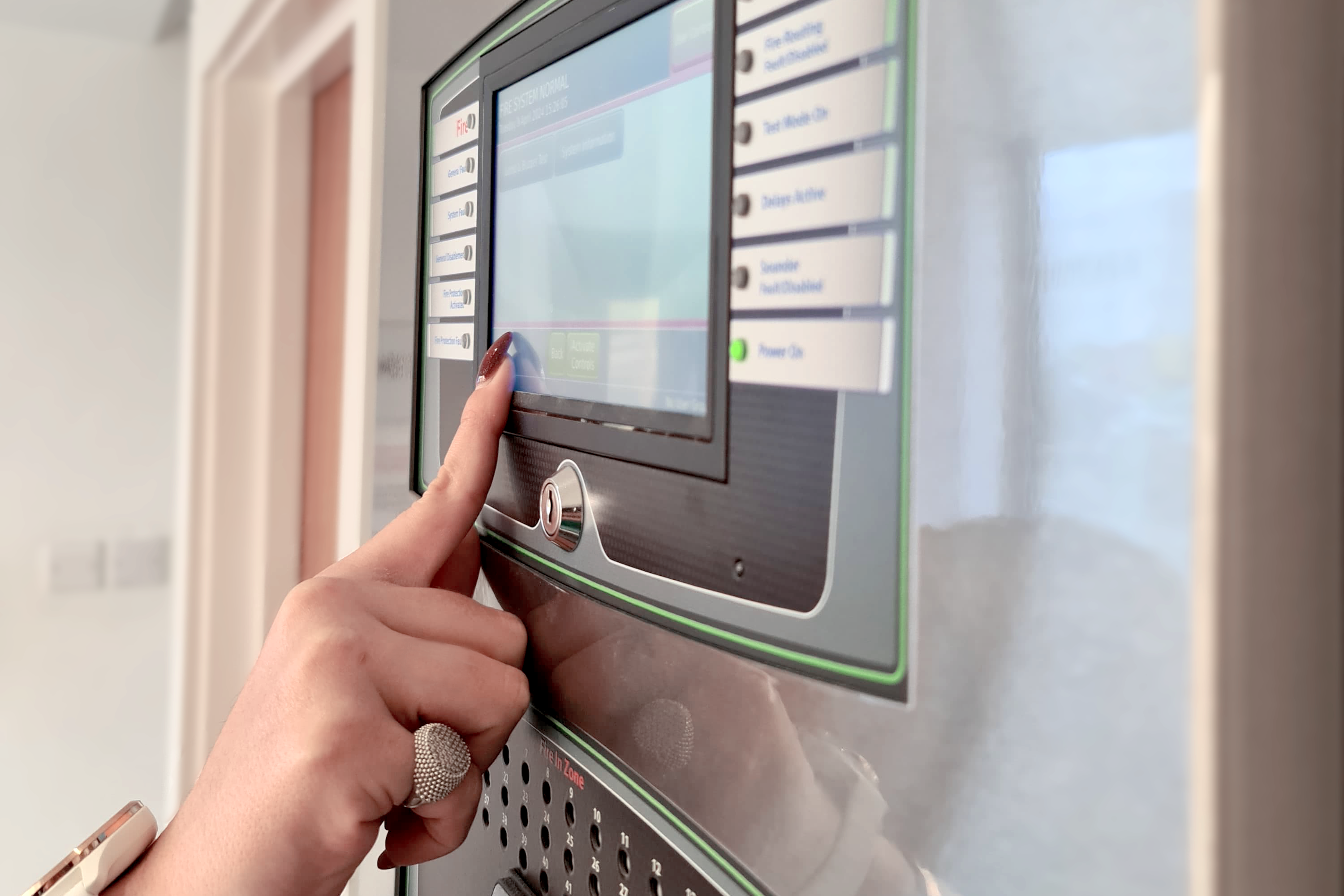 Mark Fletcher speaks to Bruce Lee from Sprint Nextel to discuss how the latest communication protocols are providing powerful tools for fire services and, more importantly, how they can be exploited to enable the emergency services to create enhanced and shareable real-time situational-awareness data.
Mark Fletcher speaks to Bruce Lee from Sprint Nextel to discuss how the latest communication protocols are providing powerful tools for fire services and, more importantly, how they can be exploited to enable the emergency services to create enhanced and shareable real-time situational-awareness data.
Like many consumer-driven technological advances, cellular technology is powering forward at a tremendous rate. The air-time providers spend billions evolving the capabilities of the infrastructure and handset manufacturers undertake massive product development programmes and slash design cycles and product lifetimes in order to create and be first to the market with the next great USP.
One of the positive side effects of this incredibly rapid development programme is the sheer number of new services and capabilities that can be exploited by the emergency services. Services that will enable them to not only be more readily aware of the issues they are dealing with, but also access this information far quicker and in real time – leading to optimised decision making and much greater situational awareness.
Core to this new capability is the concept of Wide Area Networks or WANs, which are provided by the cellular companies nationally across the globe. However, to get a full picture of what is out there, we need to discuss the impact of the Global Positioning
System or GPS.
“The availability of accurate location formation presented an almost instantaneous advantage to fire services when it was first made available commercially by the US Military,” explains Bruce Lee, Manager of Industry Solutions at Sprint Nextel. “Higher interaction levels were immediately on hand from both vehicles and personnel, freeing up and removing some of the burden on the dispatchers.”
Using sensors in vehicles and personal devices, location information can be sent to central control rooms autonomously and dealt with by situational software and displayed on map overlays. This machine-to-machine interaction instantly removes the need for person-to-person communications and the ambiguity that comes with it. The other advantage it offers is that it works in real time – which is a key for the emergency services.
The crux of the approach is that if you know what is going on in real time, you can make much better and more informed decisions. As Lee explains: “GPS was developed by the military… In the fog of war, if you can get clear, unambiguous information you are in a much better situation tactically – something the emergency services can appreciate. This real time information, coupled with situational awareness can then be shared with all other agencies and acted upon in the most appropriate manner; allowing the strategic allocation of assets to where they will be most effective.”
GPS is a very undemanding protocol, requiring relatively low data transfer rates and low bandwidth. However, with the advent of faster and more powerful cellular-based WANs, the emergency services now have at their disposal an incredibly powerful infrastructure for accessing even more pertinent information at far higher data levels.
Modern cellular networks, such as 3G and HSDPA, are evolving at such a rate that many are offering data capabilities akin to those more commonly seen on wired networks. These enhanced data-transfer rates give those on the scene and those in control centres access to even greater levels of detail in the form of maps, videos and photos as well as access to IP-based security systems in or near the incident scene. Once again this can be achieved in real time, shaving vital seconds off response times and the resultant remedial action.
“Sprint, as a cellular air time provider, does not create hardware,” Lee explains, “but what it does do is partner with best-in-breed companies, to help them leverage the capabilities of the cellular network.” Internally, the company has what is, in essence, a machine-to-machine organisation which, as well as looking at GPS and graphical information, also addresses the cellular transmission of asset health, such as the mechanical well being of vehicles and other hardware – in a similar vein to that used by modern car racing companies. “We have people working with fire departments, major automotive OEMs and trucking firms who need large quantities of data to work effectively, be it geographical, mechanical or situational,” Lee continues.
Within sprint the Emerging Solutions Group has the concept of machine-to-machine at its core and overlays these capabilities on top of other groups who may be dealing with geographically defined customers such as city fire departments. “One such success,” Lee continues, “is the Anaheim fire department, whose area of operation covers both built-up and rural forested areas. Both require the fire service, but they both have unique needs and subsequent interaction with differing groups and services, depending on the location and scope of the emergency. They are using data solutions to better allocate resources and interact with other departments to help ensure more successful operations.”
When quizzed on the future of cellular communications and the associated hardware Lee believes that the primary area of development will be the evolution of what is already out there. “Miniaturisation of hardware is a constant,” he explains, “when you consider what is possible now on a smart phone compared to even five years ago, the trend is very obvious. Devices may not get much smaller, but what they will do is pack a bigger punch and give the user greater capabilities.
“I also think that there will be an increase in the reliability and subsequent analytics and interpretation of video feeds,” he concludes. “With more data available, there is more data to process and I think software will begin to take the lead. Not necessarily in the actual decision making process, but what it will do is determine if human interaction and intervention is required. People want to know if there is anything outside of the norm without staring at banks of monitors.”
With 4G already in place in many countries, data rates and bandwidth are no longer the limiting factors towards the efficacy of a system. It is now down to the hardware developers to exploit these capabilities and for the emergency services to define the roadmap of what is needed. With open source software and the availability of common-standard cellular networks, the world is your oyster when it comes the ‘next big thing’. And watch this space as we will have it covered.








